- The Ultimate Guide to Flower Grouse
- Introduction
- Habitat
- Appearance
- Diet
- Mating Display
- Conservation
- Cultural Significance
- In Conclusion
- Overview of the Flower Grouse
- Physical Characteristics
- Habitat and Behavior
- Mating and Reproduction
- Conservation Status
- In Conclusion
- Habitat and Distribution of the Flower Grouse
- Habitat
- Distribution
- Physical Characteristics of the Flower Grouse
- Feeding Habits and Diet of the Flower Grouse
- Reproduction and Life Cycle of the Flower Grouse
- 1. Breeding:
- 2. Hatching and Chick Rearing:
- 3. Maturation and Mating:
- Threats and Conservation of the Flower Grouse
- Loss of Habitat
- Climate Change
- Predation
- Conservation Efforts
- Interactions with Other Species
- Positive Interactions
- Negative Interactions
- Interesting Facts about the Flower Grouse
- Questions and Answers:
- What is a flower grouse?
- Where can I find flower grouse?
- What does the mating behavior of flower grouse involve?
- What is the purpose behind the colorful plumage of flower grouse?
- Do flower grouse migrate?
- Is the flower grouse a protected species?
- Videos: How To Paint A Watercolour Bird Of Paradise Flower
The flower grouse is a fascinating bird known for its vibrant and colorful appearance. With its feathers resembling a bouquet of flowers, this avian creature stands out in any natural setting. In this ultimate guide, we will explore the characteristics, habitat, and behavior of the flower grouse.
One of the most striking features of the flower grouse is its plumage. Its feathers are adorned with an array of vivid colors, ranging from deep reds and oranges to bright yellows and blues. The patterns on its feathers resemble various flowers, giving the bird its unique and captivating appearance. This colorful display is a result of natural selection, as the vibrant plumage helps the flower grouse attract mates and deter potential predators.
The flower grouse is primarily found in dense forests and meadows, where it can easily blend in with the surrounding flora. Its habitat is often characterized by an abundance of flowering plants and shrubs, providing the bird with ample opportunities to showcase its remarkable plumage. The flower grouse is also known for its preference for high-altitude environments, where it can thrive in cooler temperatures.
In terms of behavior, the flower grouse is a solitary bird. It spends much of its time foraging for insects and seeds, using its sharp beak to carefully extract them from the ground or vegetation. The bird is also a skilled flyer, using its strong wings to navigate through the dense foliage of its habitat. During mating season, male flower grouses engage in elaborate courtship displays, showcasing their colorful plumage to attract females.
Overall, the flower grouse is a fascinating and visually stunning bird. Its vibrant plumage, unique habitat, and solitary nature make it a captivating species to study. Whether you are a bird enthusiast or simply appreciate the beauty of nature, the flower grouse is a bird worth learning about and admiring.
The Ultimate Guide to Flower Grouse
Introduction
The flower grouse is a colorful bird that is native to the forests of Southeast Asia. It is known for its vibrant plumage and unique mating display, which involves dancing and singing. In this ultimate guide, we will explore the fascinating world of the flower grouse, from its habitat and diet to its conservation status and cultural significance.
Habitat
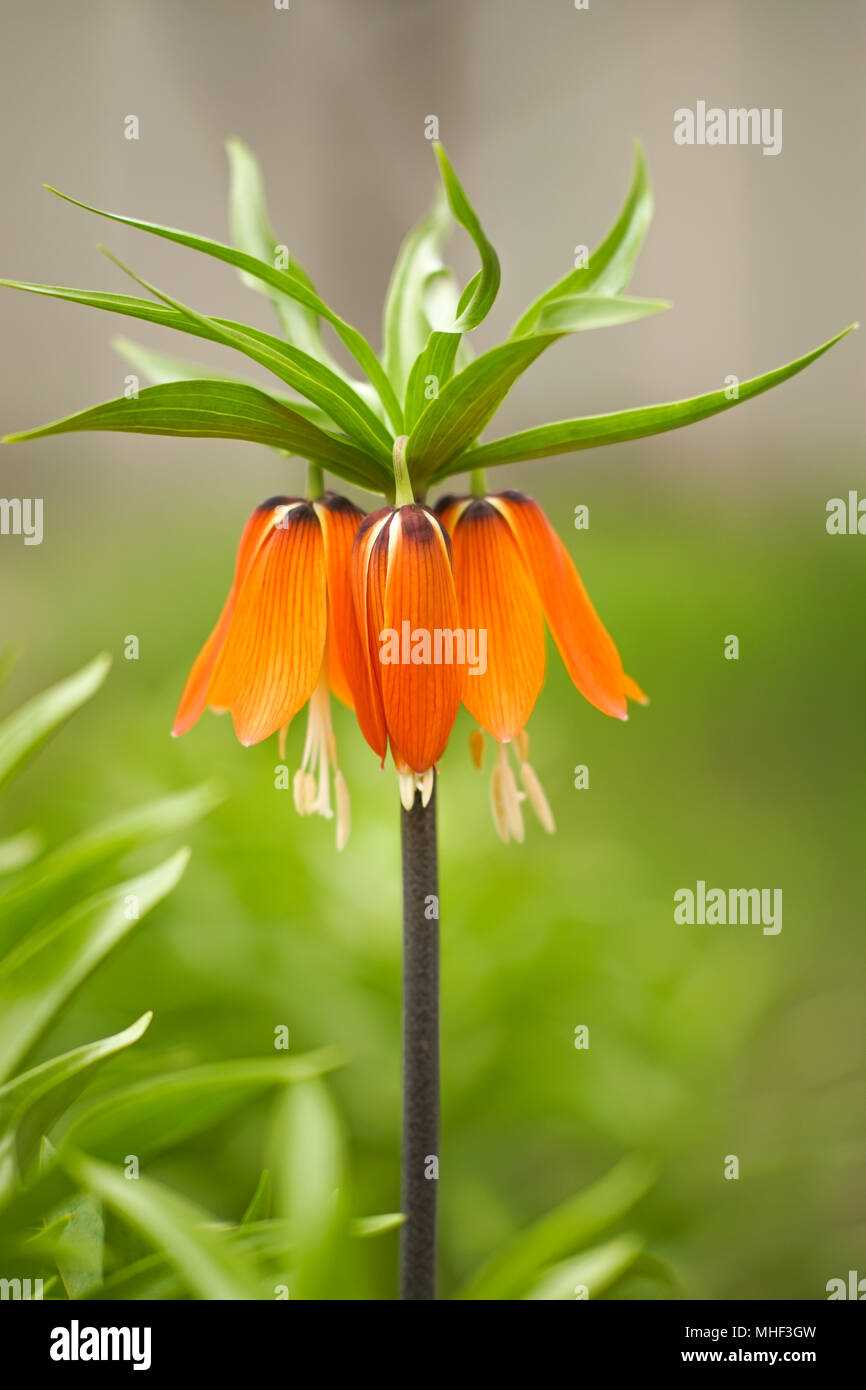
The flower grouse is found in the dense tropical rainforests of Southeast Asia, including countries like Malaysia, Indonesia, and Thailand. These forests provide the perfect environment for the bird, with their abundant vegetation and diverse plant life.
Appearance
The flower grouse is a medium-sized bird with a length of about 20 to 25 centimeters. It has a colorful plumage, with feathers that range from vivid blues and greens to deep reds and yellows. The bird’s head is adorned with a crest of feathers, which it can raise and lower as a form of communication.
One of the most striking features of the flower grouse is its tail. The tail feathers are long and have unique patterns, resembling flowers or intricate designs. This is where the bird gets its name from, as its tail resembles a bouquet of colorful flowers.
Diet
The flower grouse is an omnivorous bird, meaning it eats both plants and small animals. Its diet primarily consists of fruits, seeds, insects, and small reptiles. The bird has a sharp beak that allows it to crack open the tough shells of nuts and seeds, and its long tongue helps it extract nectar from flowers.
Mating Display
During the mating season, male flower grouse engage in elaborate displays to attract females. This display involves dancing and singing, with the male bird hopping around and flapping its wings. It also uses its colorful plumage to attract attention, as the vibrant colors are a sign of good health and genetic fitness. Females select their mates based on the quality of their display.
Conservation
The flower grouse is listed as a near threatened species by the International Union for Conservation of Nature (IUCN). The main threats to its population are habitat loss due to deforestation and illegal hunting for the exotic pet trade. Conservation efforts are underway to protect the bird and its habitat, including the establishment of protected areas and awareness campaigns.
Cultural Significance
In some cultures of Southeast Asia, the flower grouse is considered a symbol of beauty and fertility. Its vibrant colors and graceful movements are often depicted in traditional art and dance. The bird is also associated with love and courtship, and its image is often used in wedding ceremonies and celebrations.
In Conclusion
The flower grouse is a captivating bird that captivates with its vibrant colors and unique behaviors. Its presence in the tropical rainforests of Southeast Asia is not only a testament to nature’s beauty but also a reminder of the importance of conservation. By understanding and appreciating the flower grouse, we can work towards ensuring its survival for generations to come.
Overview of the Flower Grouse
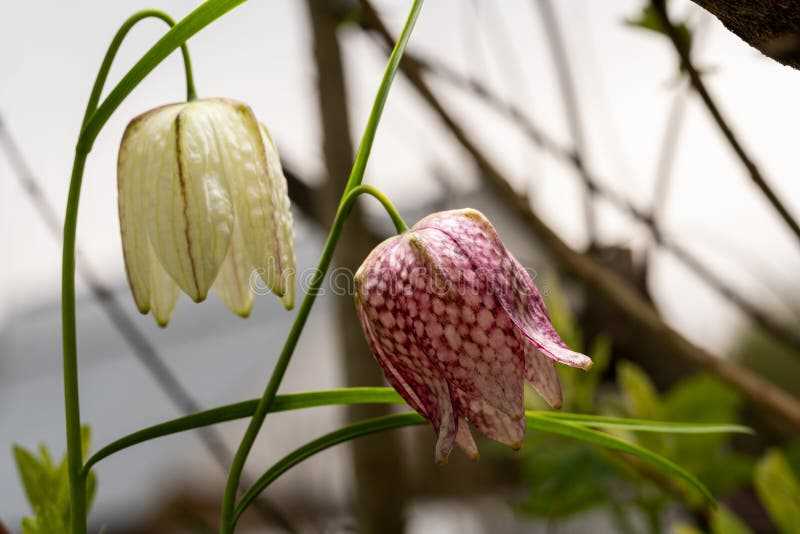
The Flower Grouse is a bird known for its colorful appearance and unique behavior. It is native to the forests and meadows of North America and is commonly found in regions with a temperate climate. This species of bird belongs to the phasianidae family and is closely related to pheasants and grouse.
Physical Characteristics
The Flower Grouse has a medium-sized body, typically measuring around 12 to 14 inches in length. Its plumage is vibrant and diverse, with males displaying more colorful feathers compared to females. The male Flower Grouse has a golden crown on its head, along with a bright blue neck, while the female has a more subdued coloration.
The distinctive feature of this bird is its wide, fan-shaped tail feathers. These tail feathers have an intricate pattern of radiant colors, resembling a blooming flower, hence its name. The feathers are primarily purple and red, with hints of yellow and green.
Habitat and Behavior
The Flower Grouse is commonly found in dense forests and meadows where there is an abundance of shrubs and flowers. They prefer habitats with a lot of vegetation as it provides them with food and shelter. These birds are known for their secretive behavior, often remaining hidden or camouflaged among the surrounding foliage.
The Flower Grouse is a primarily herbivorous bird, with its diet consisting of various plant matter, such as seeds, berries, and flowers. They have a unique feeding technique where they use their beak to delicately pluck and consume petals from various flowers.
Mating and Reproduction
During the breeding season, which typically occurs in the spring, male Flower Grouse perform elaborate courtship displays to attract females. They puff up their feathers, spread their tail feathers to display their vibrant colors, and perform intricate dances to impress the females.
Once a pair is formed, the female Flower Grouse creates a shallow nest on the ground, typically hidden under dense vegetation. She lays a clutch of around 5 to 8 eggs, which she incubates for a period of about 25 to 30 days. The male does not participate in incubation but remains vigilant to protect the nesting area from potential predators.
Conservation Status
The Flower Grouse is currently classified as a species of least concern by the International Union for Conservation of Nature (IUCN). However, habitat loss and fragmentation pose a threat to their population. Conservation efforts focus on preserving their natural habitat and raising awareness about the importance of protecting these beautiful birds.
In Conclusion
The Flower Grouse is a fascinating bird with its vibrant colors, unique feeding behavior, and courtship displays. While they may be elusive and shy, they bring beauty to the forests and meadows they inhabit. It is essential to appreciate and protect these birds to ensure that future generations can also enjoy their colorful presence.
Habitat and Distribution of the Flower Grouse
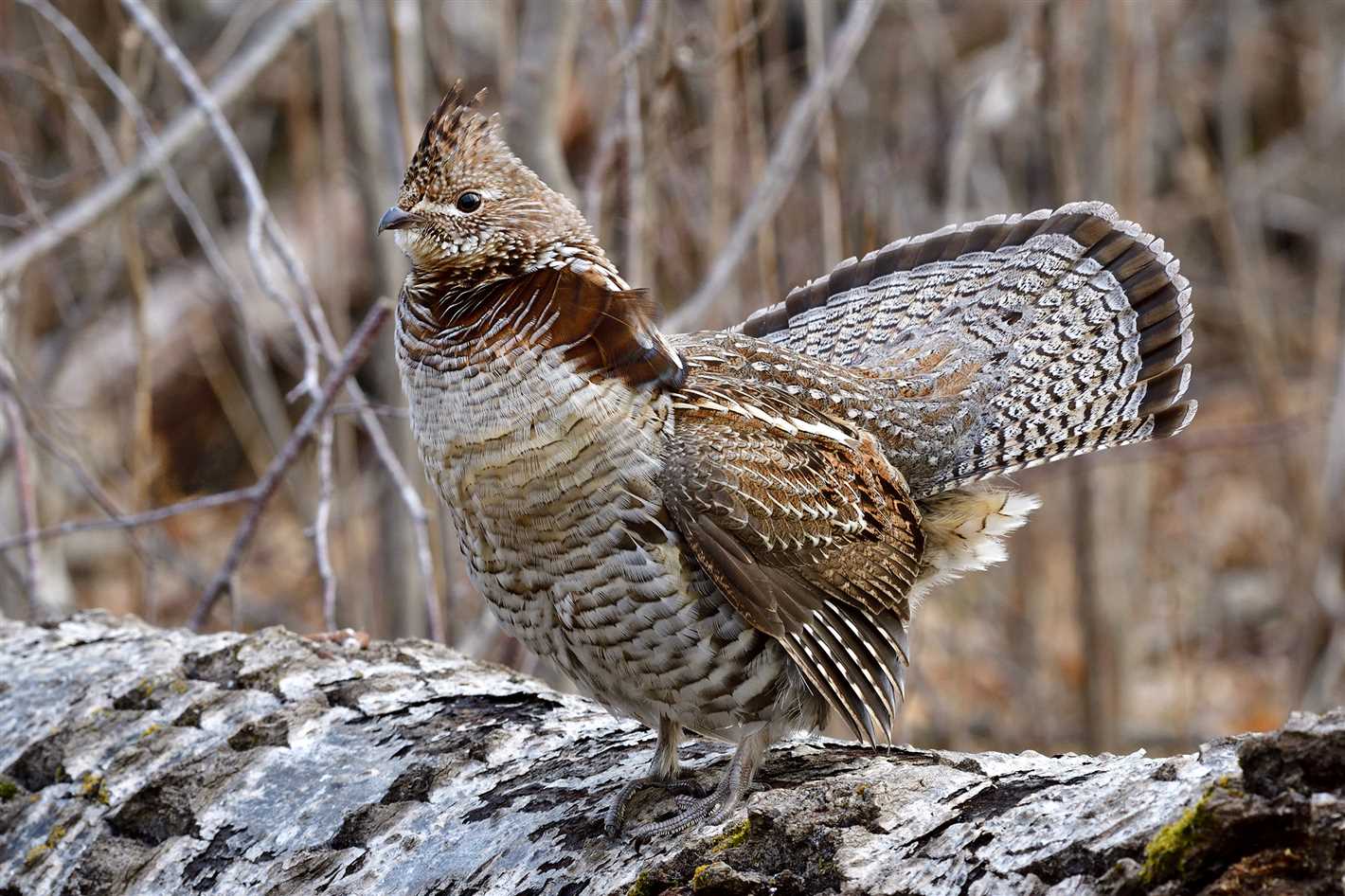
The flower grouse is a colorful bird that can be found in various habitats across the world. Its distribution is not limited to a particular region, as it can be found in different parts of the globe.
Habitat
The flower grouse is typically found in dense forests with a thick undergrowth. It prefers habitats with a moderate climate and ample rainfall, as these conditions provide it with an abundance of food and vegetation. The bird is commonly found in mountainous regions, as well as in areas with highland meadows and subalpine forests.
Due to its colorful plumage, the flower grouse is often found in habitats that offer good camouflage. It blends in well with the surrounding vegetation, which makes it difficult for predators to spot.
Distribution
The flower grouse is native to North America, Europe, and Asia. In North America, it can be found in parts of Canada, Alaska, and the Rocky Mountains. In Europe, it inhabits areas in Scandinavia, the Alps, and the Carpathians. In Asia, it is commonly found in Siberia, the Altai Mountains, and the Himalayas.
Although the flower grouse is widespread, its population has been declining in some regions due to habitat loss and hunting. Efforts are being made to conserve and protect its habitats to ensure its continued presence in the wild.
Physical Characteristics of the Flower Grouse
- The Flower Grouse is a small to medium-sized bird, typically measuring around 20 to 30 centimeters in length.
- These birds have a vibrant and colorful plumage with various shades of orange, red, yellow, and purple. The feathers are often patterned with intricate designs resembling flowers.
- Their beaks are long and slender, allowing them to reach deep into the nectar-filled flowers they feed on.
- They have small, rounded wings and a short, compact tail.
- Flower Grouse have strong legs and feet, which are adapted for climbing and perching on flower stems and branches.
- Their eyes are large and well-developed, allowing them to see details and vibrant colors in their surroundings.
- Male Flower Grouse typically have more colorful and extravagant plumage compared to females. This is a characteristic commonly seen in many bird species, where males display their bright feathers to attract mates.
- These birds have excellent agility and can quickly maneuver through the vegetation in search of flowers and insects.
In summary, the Flower Grouse is a small bird with a vibrant and colorful appearance. Its long beak, strong legs, and agile nature enable it to feed on nectar and navigate through its floral habitat with ease.
Feeding Habits and Diet of the Flower Grouse
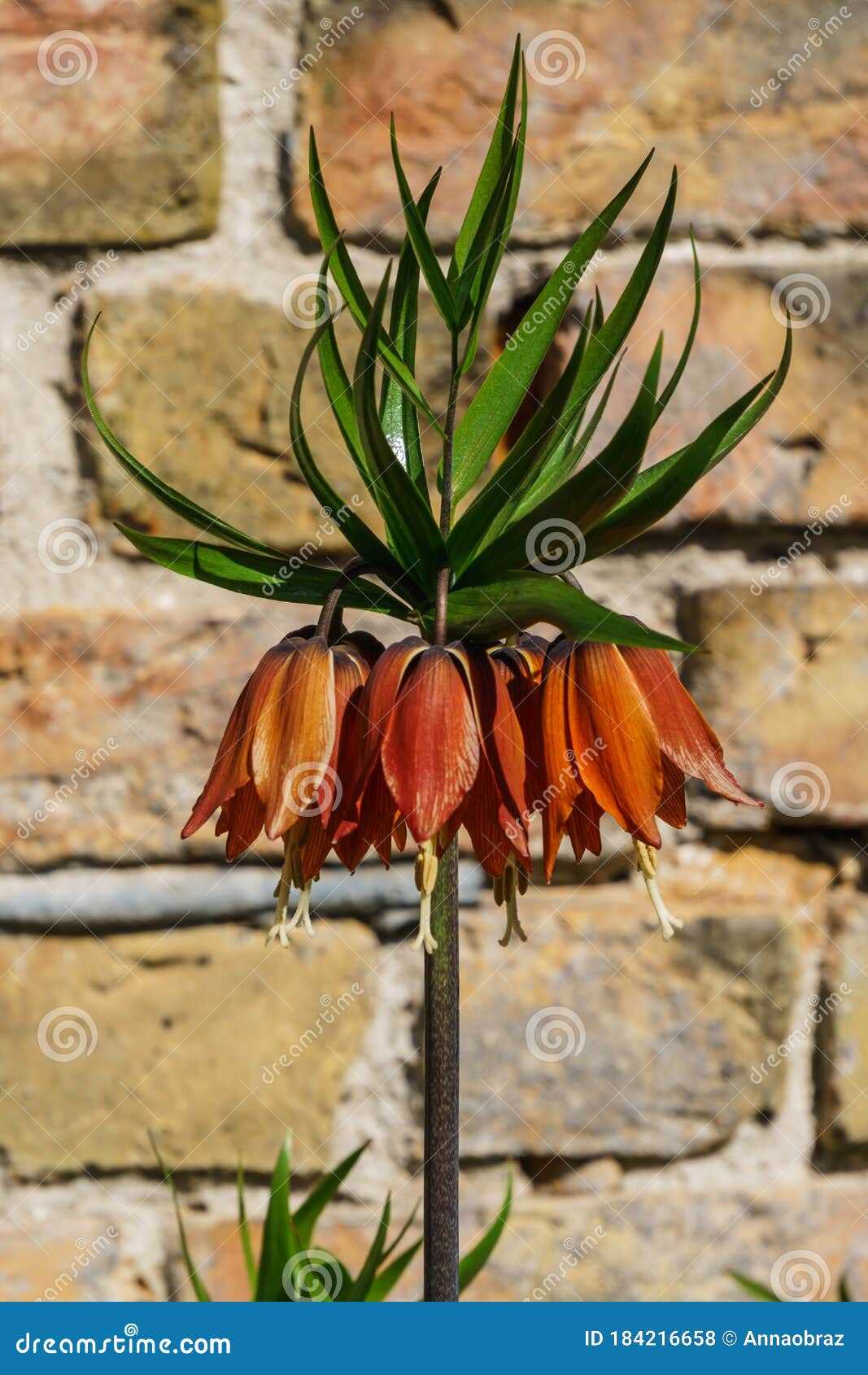
The flower grouse has a unique feeding habit and diet that distinguish it from other bird species. This colorful bird mainly feeds on a variety of flowers and plants found in its natural habitat.
Flower Feeding
As its name suggests, the flower grouse has a special affinity for flowers. It uses its strong beak to pluck petals and extract nectar from various types of flowers. The bird has a preference for colorful flowers, especially those with bright red, orange, or yellow petals.
The flower grouse’s beak is perfectly adapted for its feeding habits. Its curved shape allows it to easily access the nectar hidden deep within the flower’s petals. This unique feeding adaptation sets the flower grouse apart from other bird species.
Plant Diet
Aside from feeding on flowers, the flower grouse also includes various plants in its diet. It consumes a wide array of leaves, berries, and seeds found in its habitat. The bird has a preference for plants that provide it with essential nutrients and energy.
The flower grouse is known to eat the leaves and berries of specific plants that are rich in vitamins and minerals. It also consumes seeds for added sustenance. This diverse diet contributes to the bird’s overall health and vitality.
Foraging Behavior
The flower grouse is a skilled forager. It searches its surroundings meticulously to find the best food sources. The bird uses its keen eyesight and sharp beak to identify and extract food from various plants.
Additionally, the flower grouse’s small size allows it to access hard-to-reach areas and obtain food that larger birds cannot. It is not uncommon to find the flower grouse perched on branches or hanging from plants as it feeds on flowers and plants.
Conclusion
The feeding habits and diet of the flower grouse revolve around its love for flowers and plants. This bird’s unique beak adaptation enables it to feed on the nectar of flowers, while also consuming a diverse range of leaves, berries, and seeds. With its exceptional foraging skills, the flower grouse is able to find and extract the best food sources in its habitat.
Reproduction and Life Cycle of the Flower Grouse
1. Breeding:
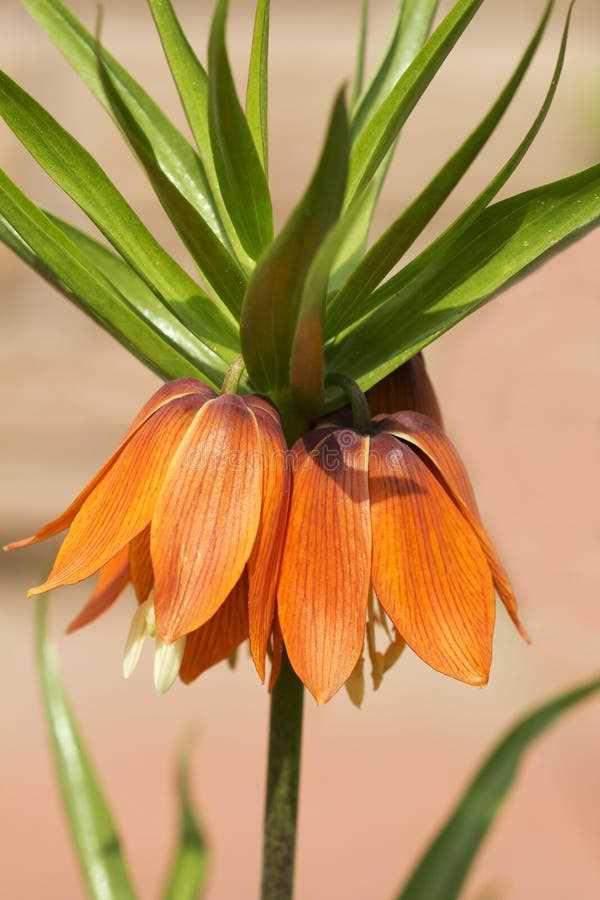
The flower grouse follows a monogamous breeding pattern, which means that it forms a lifelong bond with its partner. Breeding season usually begins in the spring when the flowers bloom and provide ample food sources for the grouse. Males perform elaborate courtship displays to attract females, including vibrant feather displays and unique calls.
Once a pair has formed, they will build a nest on the ground in a well-concealed location, often among the flowers or tall grasses. The female lays a clutch of 5-7 eggs and incubates them for about 20-25 days. Both parents take turns incubating the eggs and protecting the nest from predators.
2. Hatching and Chick Rearing:
After the incubation period, the eggs hatch, and the chicks emerge. The chicks are precocial, meaning they are born with downy feathers and are able to walk and feed themselves shortly after hatching. The parents continue to care for the chicks, providing them with food and protecting them from potential threats.
During this time, flower grouse families can often be seen foraging together among the flowers, teaching the chicks about the different food sources available in their habitat. As the chicks grow, their downy feathers are replaced with adult plumage, gradually developing the vibrant colors that are characteristic of the flower grouse.
3. Maturation and Mating:
As the chicks mature, they become independent from their parents and start exploring their surroundings. They develop their flying abilities and practice courtship displays in preparation for their own breeding season. Flower grouse typically reach sexual maturity at around 1 year of age.
Once mature, the flower grouse continues the cycle by finding a mate and forming a lifelong bond. They contribute to the overall population by successfully reproducing and raising their own offspring. The life cycle of the flower grouse thus continues, ensuring the survival and sustainability of this colorful bird species.
Threats and Conservation of the Flower Grouse
The flower grouse is a bird species that faces numerous threats and requires conservation efforts to ensure its survival. Understanding these threats and taking appropriate measures is essential for protecting the population of flower grouse and their unique habitats.
Loss of Habitat
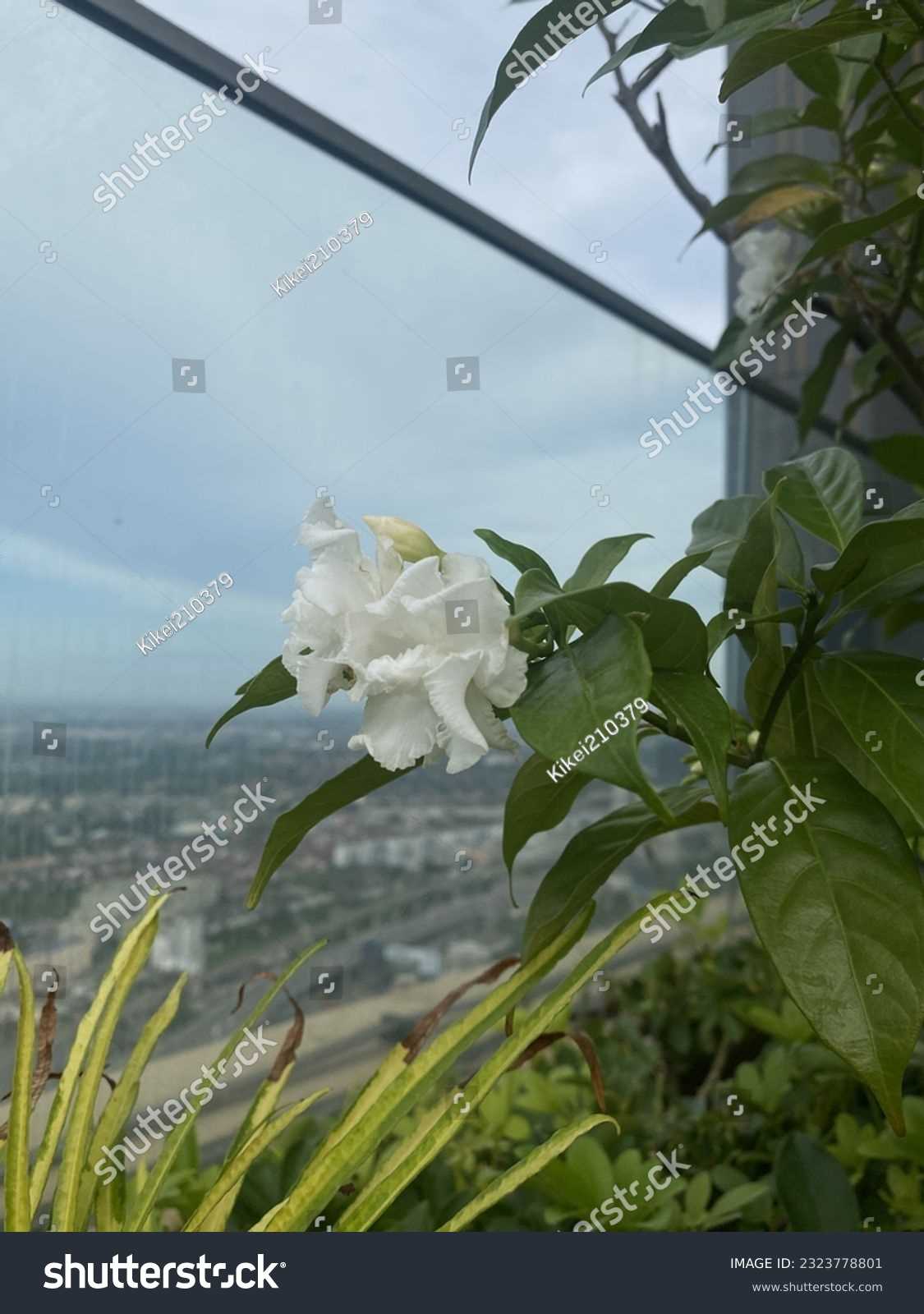
One of the main threats to the flower grouse is the loss of its natural habitat. The bird is primarily found in meadows and alpine areas, which are subjected to increasing human activities such as agriculture, infrastructure development, and tourism. These activities result in habitat destruction, fragmentation, and degradation, forcing the flower grouse to abandon their territories.
Climate Change
Climate change poses another significant threat to the flower grouse. The rising temperatures and altered precipitation patterns can disturb the delicate balance of the ecosystems in which this bird thrives. Changes in vegetation composition and timing of flowering can directly impact the availability of food resources for the flower grouse, leading to reduced reproductive success and population decline.
Predation
The flower grouse has natural predators, including raptors, foxes, and predatory mammals. As their habitats shrink and become fragmented, flower grouse populations become more vulnerable to predation. Increased predation pressure can result in reduced breeding success and overall population decline.
Conservation Efforts
To mitigate the threats faced by the flower grouse, various conservation efforts have been undertaken:
- Habitat Protection: Establishing protected areas and nature reserves helps safeguard the flower grouse’s habitats and provides them with suitable breeding and foraging grounds.
- Habitat Restoration: Restoring degraded habitats by implementing reforestation, erosion control measures, and removing invasive species can help improve the quality of habitats for the flower grouse.
- Research and Monitoring: Conducting scientific studies and monitoring the flower grouse populations help in assessing their status, identifying the key threats, and informing conservation strategies.
- Community Engagement: Involving local communities in conservation efforts can help raise awareness, promote sustainable land use practices, and reduce the negative impacts of human activities on the flower grouse and its habitat.
- International Cooperation: Collaborating with international organizations and governments can facilitate the development of transboundary conservation strategies and ensure the long-term survival of the flower grouse across its range.
Efforts to conserve the flower grouse should be integrated into broader conservation plans that address habitat protection, climate change mitigation, and sustainable development practices. Through such comprehensive approaches, the flower grouse can be protected, and its population can thrive for generations to come.
Interactions with Other Species
The flower grouse is a fascinating bird that not only stands out with its vibrant colors but also plays a unique role in its ecosystem. This bird interacts with various species in its environment, which has both positive and negative effects.
Positive Interactions
Pollinators: One of the most important interactions of the flower grouse is with pollinators. These birds have a mutualistic relationship with many insect species that visit flowers for nectar. As the bird feeds on nectar, it inadvertently transfers pollen from one flower to another, aiding in cross-pollination. This interaction benefits both the flower grouse and the plant species, as it ensures successful reproduction.
Seed Dispersion: The flower grouse also helps in seed dispersal. As it forages on various fruits and berries, its digestive system breaks down the seeds, which are then excreted in different locations. This helps in the dispersal and colonization of plant species, contributing to the biodiversity of the ecosystem.
Negative Interactions
Competition for Resources: The flower grouse experiences competition with other bird species for food and nesting sites. Due to their specialization in nectar feeding, they may compete with other nectar-feeding birds for limited floral resources. Additionally, they may also compete for nesting spots, as suitable trees with hollows or crevices are in high demand.
Predation: Like any other bird species, flower grouse face predation from various predators such as snakes, larger birds, and mammals. The bright colors of the flower grouse make them conspicuous and easily visible to predators, increasing their vulnerability.
| Positive Interactions | Negative Interactions |
|---|---|
| Pollinators | Competition for Resources |
| Seed Dispersion | Predation |
Despite the challenges and negative interactions, the flower grouse continues to play a vital role in maintaining the ecological balance of its habitat. Further research is needed to better understand these interactions and develop conservation strategies for the long-term survival of this colorful bird.
Interesting Facts about the Flower Grouse
The Flower Grouse is a fascinating bird that is known for its unique coloring and behavior. Here are some interesting facts about this colorful bird:
- The Flower Grouse is native to the tropical rainforests of South America.
- It gets its name from the vibrant flower-like patterns on its feathers.
- The Flower Grouse is one of the smallest species of grouse, measuring only about 6 inches in length.
- It has a distinctive fan-shaped tail that it uses for courtship displays.
- The males of the species are known for their elaborate dances and vocalizations to attract mates.
- Flower Grouse are primarily herbivorous, feeding on fruits, seeds, and plant matter.
- They are known for their ability to mimic the sounds of other birds and animals.
- The colorful plumage of the Flower Grouse helps it blend in with the vibrant flowers of its rainforest habitat.
- It is a solitary bird and prefers to spend most of its time alone.
- Flower Grouse are not migratory and typically stay in their rainforest habitat year-round.
Questions and Answers:
What is a flower grouse?
A flower grouse is a colorful bird known for its vibrant plumage and unique mating behavior. It is found in certain regions of Asia.
Where can I find flower grouse?
Flower grouse can be found in specific regions of Asia, such as the Himalayas and parts of China. They prefer mountainous habitats with dense vegetation.
What does the mating behavior of flower grouse involve?
The mating behavior of flower grouse involves elaborate courtship displays by the males. They perform intricate dances and showcase their colorful plumage to attract females. The males also create and maintain special areas with a variety of flowers to impress the females.
What is the purpose behind the colorful plumage of flower grouse?
The colorful plumage of flower grouse serves multiple purposes. It helps attract mates during the breeding season, as the vibrant colors signal good health and genetic fitness. It also helps the birds camouflage in their natural habitat, blending in with the flowers and foliage.
Do flower grouse migrate?
Flower grouse are known to migrate to different altitudes depending on the season. They move to higher elevations during the breeding season and descend to lower altitudes during colder months. Migration patterns may vary depending on the specific region and population of flower grouse.
Is the flower grouse a protected species?
Yes, the flower grouse is considered a protected species in many countries due to its declining population and habitat loss. Conservation efforts are in place to preserve their natural habitats and raise awareness about the importance of their conservation.







